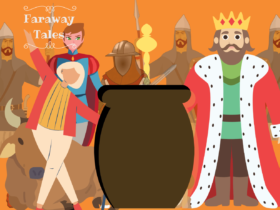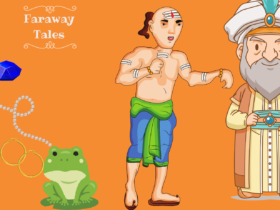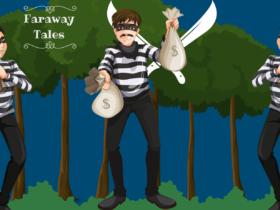Halloween is a holiday celebrated each year on October 31. Halloween’s origins date back to the ancient Celtic festival of Samhain (pronounced sow-in). The Celts, who lived 2,000 years ago, mostly in the area that is now Ireland, the United Kingdom and northern France, celebrated their new year on November 1.
This day marked the end of summer and the harvest and the beginning of the dark, cold winter. Winter in the ancient times was a harrowing time and was often associated with lack of food, disease and death.
Halloween is a holiday celebrated each year on October 31. Halloween’s origins date back to the ancient Celtic festival of Samhain (pronounced sow-in). The Celts, who lived 2,000 years ago, mostly in the area that is now Ireland, the United Kingdom and northern France, celebrated their new year on November 1.
This day marked the end of summer and the harvest and the beginning of the dark, cold winter. Winter in the ancient times was a harrowing time and was often associated with lack of food, disease and death.
Halloween is a holiday celebrated each year on October 31. Halloween’s origins date back to the ancient Celtic festival of Samhain (pronounced sow-in). The Celts, who lived 2,000 years ago, mostly in the area that is now Ireland, the United Kingdom and northern France, celebrated their new year on November 1.
This day marked the end of summer and the harvest and the beginning of the dark, cold winter. Winter in the ancient times was a harrowing time and was often associated with lack of food, disease and death.
When the celebration was over, they re-lit their hearth fires in their homes, from the sacred bonfire to help protect them during the coming winter.
By 43 A.D., the Roman Empire had conquered the majority of Celtic territory. In the 400 years of rule that followed, some Roman festivals have become intertwined with Celtic festivals.
By 1000 A.D, the Church made November 2 All Souls’ Day, a day to honour the dead. All Souls’ Day was celebrated similarly to Samhain, with big bonfires, parades and dressing up in costumes as saints, angels and devils. The All Saints’ Day celebration was also called All-hallows or All-hallowmas (from Medieval English), which eventually became Halloween.
Modern version of halloween featuring parties, dressing up, mischief and trick of treating has become a multi-cultural, rather than a religious event.
The tradition of trick-or-treating dates back to the early All Souls’ Day parades in England.
During the festivities, poor citizens would go door to door for food and families would give them pastries called “soul cakes” in return for their promise to pray for the family’s dead relatives.
The distribution of soul cakes was encouraged by the church as a way to replace the ancient practice of leaving food and wine for roaming spirits. Giving the food to those in need was better than leaving the food outside.
The practice, which was referred to as “going a-souling,” was eventually taken up by children who would visit the houses in their neighborhood and be given ale, food and money.
Rather than pledging to pray for the dead, the kids would sing a song, recite a poem, tell a joke or perform another sort of “trick” before collecting their treat, which typically consisted of fruit, nuts or coins.
Interestingly, one fourth of the annual candy sales of the whole year in the US, happen for this occasion alone.
Halloween actually had some lesser known traditions that became obsolete over time. Many of them were about helping young women identify their future husbands and reassuring them that they would someday—with luck, by next Halloween—be married.
One such example was in Scotland, fortune-tellers recommended that an eligible young woman name a hazelnut for each of her suitors and then toss the nuts into the fireplace. The nut that burned to ashes rather than popping or exploding, the story went, represented the girl’s future husband.
In 18th-century Ireland, a matchmaking cook might bury a ring in her mashed potatoes on Halloween night, hoping to bring true love to the diner who found it.
Isn’t it such a bizzarre thing? Tradition of something to do with love, hope and future associated with celebrating death?
Maybe that was why these traditions became outdated and the macabre festivities are more popular this day.
Like (0)







Leave a Reply